Home>diy>Building & Construction>Which Construction Feature Presents The Greatest Collapse Hazard?
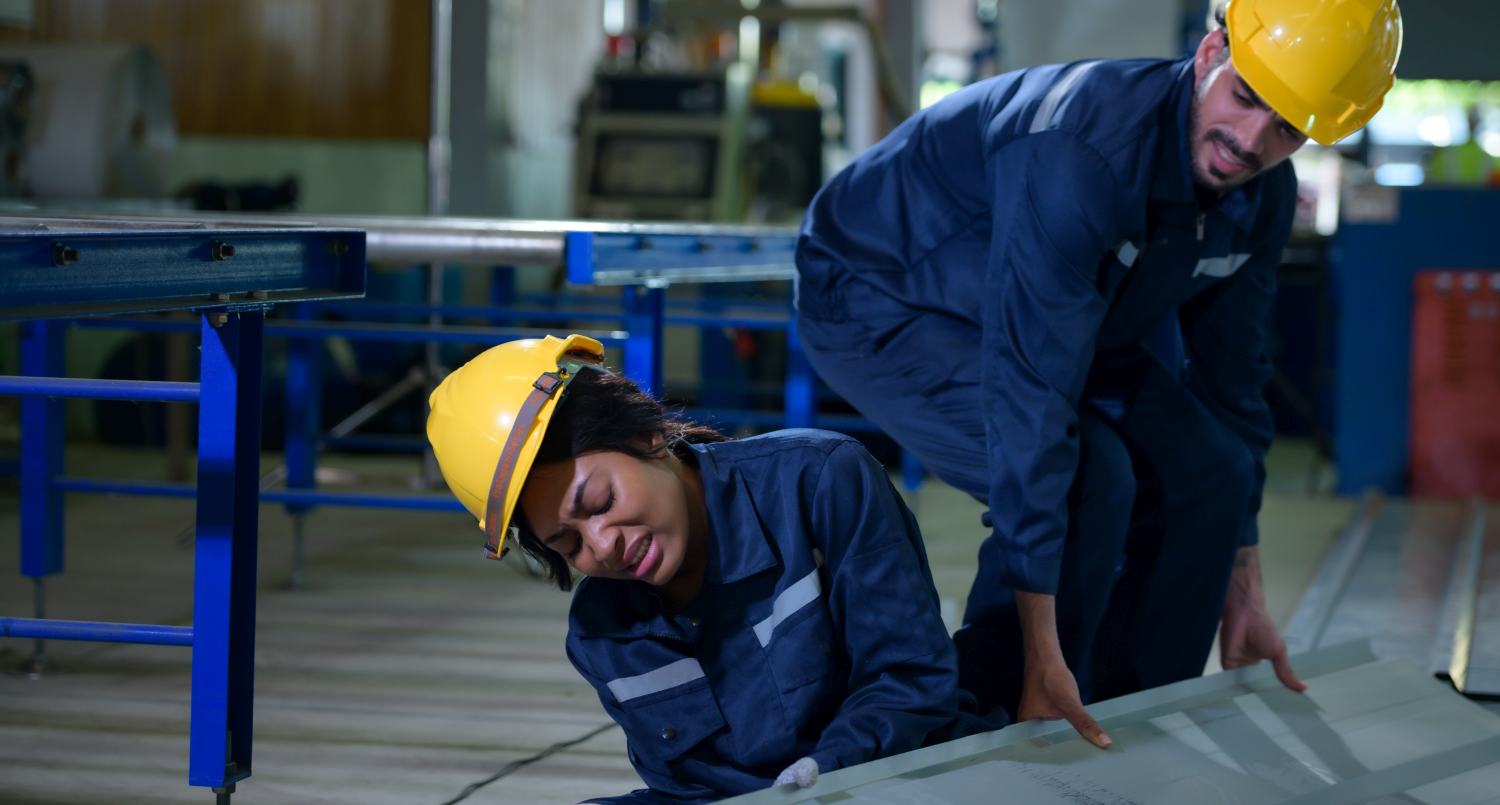

Building & Construction
Which Construction Feature Presents The Greatest Collapse Hazard?
Modified: January 23, 2024
Discover the top construction feature that poses the highest risk of collapse in building construction. Learn more about this critical hazard and how to mitigate it.
(Many of the links in this article redirect to a specific reviewed product. Your purchase of these products through affiliate links helps to generate commission for Storables.com, at no extra cost. Learn more)
Introduction
Welcome to the world of construction, where buildings and structures come to life. With every construction project, there is an inherent need to prioritize structural integrity and safety. One of the gravest risks in construction is the potential for collapse, which can result in catastrophic and even fatal consequences.
In this article, we will explore the various features in construction that present the greatest collapse hazards. Understanding these risks is essential for construction professionals, contractors, and workers to ensure that proper precautions are taken and safety measures are implemented.
From excavation to temporary support systems, structural design to construction material deficiencies, and construction practices, each aspect of the construction process carries its own potential hazards. By identifying and addressing these risks, we can work towards creating a safer construction industry.
Join us as we delve into the world of construction hazards, highlight the factors that contribute to collapse, and raise awareness on the importance of mitigating these risks through sound construction practices and adherence to safety guidelines.
Key Takeaways:
- Prioritizing structural integrity, thorough inspections, and adherence to safety guidelines are crucial in minimizing collapse hazards in construction, ensuring the safety of buildings and structures.
- From faulty foundations to inadequate construction practices, identifying and addressing collapse hazards is essential for creating a safer construction industry and protecting lives and property.
Read more: What Are The Hazards In Construction
Structural Integrity Risks in Construction
When it comes to construction, ensuring the structural integrity of a building or structure is paramount. However, there are several risks that can compromise this integrity and ultimately lead to collapse. Let’s take a closer look at some of the key risks associated with structural integrity in construction:
- Faulty Foundations: The foundation serves as the base of any structure, providing stability and support. A faulty foundation can weaken the entire building, making it susceptible to collapse. Irregular settlement or poor soil conditions are common culprits of foundation issues.
- Insufficient Structural Framing: The structural framing of a building, including beams, columns, and load-bearing walls, ensures the strength and stability of the structure. Inadequate framing or the use of substandard materials can compromise the building’s ability to withstand loads and lead to collapse.
- Weak Connections: In construction, connections are crucial to join structural elements together. Weak or improperly designed connections can result in the failure of the entire structure. This can occur when welds are not properly executed, bolts are not correctly tightened, or fasteners are not appropriately installed.
- Poorly Designed Load Paths: Load paths are the routes that carry the weight of a structure to the ground. If load paths are poorly designed or compromised, the excessive weight or uneven distribution of loads can put excessive stress on certain areas, leading to structural failure.
- Inadequate Bracing: Bracing is essential to provide lateral stability to a structure, protecting it from wind, earthquakes, and other external forces. Insufficient or improper bracing can leave a building vulnerable to collapse during high winds or seismic events.
These are just a few of the many risks that can compromise the structural integrity of a construction project. It is crucial for construction professionals to be aware of these risks and take the necessary steps to mitigate them. Thorough inspections, adherence to building codes and regulations, continuous monitoring during construction, and the use of high-quality materials are all essential in ensuring structural integrity.
By understanding and addressing these risks, we can minimize the potential for collapse and create safer buildings and structures that can withstand the test of time. It is the collective responsibility of all stakeholders in the construction industry to prioritize structural integrity and implement robust safety measures to protect lives and property.
Collapse Hazards Associated with Excavation
Excavation plays a critical role in many construction projects, whether it’s for building foundations, underground utilities, or creating space for basements. However, excavation also presents significant collapse hazards that need to be carefully managed. Let’s explore some of the key collapse hazards associated with excavation:
- Cave-Ins: Cave-ins are perhaps the most immediate and dangerous collapse hazard in excavation. When the walls or sides of an excavation site collapse inward, it can result in serious injuries or fatalities. This can happen due to soil instability, improper shoring or bracing, or excavation below the water table.
- Undermining Adjacent Structures: Excavation projects have the potential to undermine the stability of nearby structures. If the excavation is carried out too close to existing buildings or foundations, it can weaken the soil support, leading to settlement or collapse of the adjacent structures.
- Subsurface Utilities: Excavation work often takes place in areas where underground utilities, such as gas pipelines, water mains, or electrical cables, are present. Accidentally damaging these utilities can result in leaks, explosions, or electrocution hazards, posing a risk to workers and the surrounding environment.
- Rock Falls and Slides: In excavation projects involving rock removal, there is a risk of rock falls and slides. Dislodged rocks can pose a threat to workers, equipment, and nearby structures. The stability of the excavation walls must be carefully assessed, and appropriate measures such as scaling, bolting, or netting should be implemented to prevent rock falls.
- Water Infiltration: Water infiltration into an excavation site can weaken the soil and increase the risk of collapse. Excavation activities can disrupt the natural drainage patterns, causing water to accumulate in the excavation. Proper dewatering techniques, such as installing wellpoints or using ditches, must be employed to manage water infiltration and ensure the stability of the excavation.
Managing collapse hazards associated with excavation requires careful planning and implementation of proper safety measures. This includes conducting detailed geotechnical assessments to identify soil stability, installing proper shoring or bracing systems, implementing effective slope stabilization techniques, and providing adequate training for workers on excavation safety protocols.
Additionally, regular inspections, monitoring, and maintenance of excavation sites are crucial to address any potential hazards promptly. By prioritizing excavation safety, we can minimize the risk of collapses, protect workers, and ensure the successful completion of construction projects.
Collapse Hazards Related to Temporary Support Systems
During construction projects, temporary support systems are often used to provide stability and structural integrity during various stages of the building process. While these systems are essential, they also present their own set of collapse hazards that need to be carefully managed. Let’s explore some of the key collapse hazards related to temporary support systems:
- Inadequate Shoring: Shoring systems are used to support excavations, walls, or structures during construction. If the shoring is inadequate or not properly installed, it can fail under the weight or pressure, leading to collapses. It is essential to ensure that the shoring systems are designed, installed, and monitored by qualified professionals to prevent accidents.
- Failure of Formwork: Formwork is used to shape and support liquid concrete until it hardens and gains sufficient strength. If the formwork fails, it can result in the collapse of fresh concrete, causing injuries to workers and compromising the integrity of the structure. Proper design, installation, and inspection of formwork are crucial to prevent failures and ensure the safety of construction workers.
- Weakened Scaffoldings: Scaffoldings are temporary structures used to provide access and support for workers during construction activities at elevated heights. If scaffoldings are not properly erected, secured, or maintained, they can collapse, leading to falls and serious injuries. Regular inspections, proper assembly, and adherence to safety regulations are vital for scaffoldings to remain stable and secure.
- Underestimated Loads: Temporary support systems are designed to accommodate specific loads during construction. Underestimating the loads or failing to account for changes in construction plans can put excessive stress on the temporary structures, leading to failures or collapses. Thorough engineering analysis and regular reassessment of loads are essential to prevent such hazards.
- Improper Tiebacks: Tiebacks are often used to provide additional support to retaining walls or excavation shoring systems. If tiebacks are not properly installed or maintained, they can fail, causing the collapse of the walls or excavation. Regular inspections, testing, and maintaining proper tension are necessary to ensure the stability of tiebacks and prevent structural failures.
Proper planning, design, installation, inspection, and maintenance of temporary support systems are imperative in managing collapse hazards. It is essential to involve qualified professionals, conduct regular safety assessments, and provide adequate training to construction workers on the proper use of temporary support systems.
By recognizing and addressing the potential collapse hazards related to temporary support systems, we can minimize the risks, protect workers, and ensure the overall safety and success of construction projects.
Ensure that any construction feature that presents a potential collapse hazard is thoroughly inspected and reinforced according to building codes and safety standards.
Collapse Hazards Due to Inadequate Structural Design
In the field of construction, the importance of a well-designed and properly engineered structure cannot be overstated. Inadequate structural design is a significant factor that can lead to collapse hazards. Let’s explore some of the key collapse hazards that can arise due to inadequate structural design:
- Insufficient Load-Bearing Capacity: Inadequate structural design may result in a structure that is unable to bear the loads imposed upon it. This can lead to excessive deflection, deformation, or even collapse. Design considerations such as material strength, column and beam spacing, and proper sizing of structural members are crucial in ensuring adequate load-bearing capacity.
- Improper Distribution of Loads: Uneven distribution of loads within a structure can cause localized points of stress, leading to structural failures. It is essential to consider factors such as the arrangement of walls, columns, and beams, as well as the expected loads at different parts of the structure, to ensure proper load distribution and balance.
- Lack of Redundancy: Redundancy refers to the presence of multiple load paths within a structure. Inadequate redundancy in the design can result in a structure that is overly reliant on specific load-bearing elements. If any of these elements fail, the entire structure may collapse. Incorporating redundancy through the strategic arrangement of structural components is vital in enhancing overall structural integrity.
- Inadequate Lateral Stability: Lateral stability refers to a structure’s resistance to horizontal forces, such as wind or seismic activity. Inadequate design considerations for lateral stability can make a structure vulnerable to collapse during extreme weather events or seismic disturbances. Proper use of bracing systems, shear walls, and moment frames are essential in ensuring adequate lateral stability.
- Failure to Anticipate Dynamic Loads: Dynamic loads, such as those caused by vibrations or moving machinery, can impact a structure’s stability. Inadequate consideration of dynamic loads in the design phase can result in structural failures. Proper analysis and reinforcement to withstand dynamic loads are crucial for avoiding collapse hazards.
It is of utmost importance that structural engineers and architects carefully analyze and design structures to withstand expected loads, forces, and environmental conditions. Computer-aided design tools and extensive knowledge of structural engineering principles play a significant role in ensuring adequate design and minimizing collapse hazards.
Furthermore, regular inspections and evaluations during construction are essential to confirm that the actual construction aligns with the design specifications. Any deviations or weaknesses should be promptly identified and addressed to prevent potential collapse hazards.
By focusing on proper structural design, ensuring load-bearing capacity, balancing load distribution, incorporating redundancy, enhancing lateral stability, and considering dynamic loads, we can significantly reduce the risk of structural collapse and create safer buildings and structures.
Collapse Hazards from Construction Material Deficiencies
Construction materials serve as the building blocks that give strength and stability to any structure. However, deficiencies in these materials can pose significant collapse hazards. Let’s explore some of the key collapse hazards that can arise from construction material deficiencies:
- Weak or Substandard Materials: The use of weak or substandard construction materials can compromise the structural integrity of a building or structure. Materials such as concrete, steel, or timber that do not meet the specified standards or have manufacturing defects may not have the necessary strength to withstand loads, leading to failures or collapses.
- Corrosion and Deterioration: Over time, construction materials can corrode or deteriorate due to environmental factors or improper maintenance. Corrosion in steel reinforcement or degradation of concrete can weaken the structural elements and result in collapse hazards. Regular inspections, timely repairs, and the use of corrosion-resistant materials can help mitigate this risk.
- Improper Mixing or Proportions: Inadequate mixing or incorrect proportions of materials, such as concrete mixtures, can lead to compromised strength and durability. This can result in structural failures and collapse hazards. Precise measurement and strict adherence to mixing guidelines are crucial to ensure the desired properties of the construction materials.
- Insufficient Fire Resistance: Materials that lack adequate fire resistance can put a structure at risk of collapse during a fire. When exposed to high temperatures, materials like unprotected steel or flammable claddings can weaken and lose their load-bearing capacity, leading to structural failures. Choosing fire-resistant materials and incorporating fire protection measures are vital in reducing this hazard.
- Failure to Consider Environmental Factors: Construction materials should be selected based on the specific environmental conditions of the project site. Failure to consider factors like temperature variations, moisture levels, or soil conditions can lead to material deterioration, compromising the overall structural stability. Proper environmental assessments and material selection are necessary to prevent collapse hazards.
It is crucial for construction professionals to ensure that high-quality materials, meeting the required specifications and standards, are used in every construction project. This includes proper sourcing, testing, and certification of materials, as well as regular quality control checks throughout the construction process.
Building owners and project stakeholders should also prioritize ongoing maintenance and inspections to identify and address any material deficiencies or degradation promptly. Regular maintenance, repair, and replacement of materials that have reached their service life can help prevent collapse hazards and ensure the longevity of the structure.
By thoroughly considering the quality, properties, durability, fire resistance, and environmental factors related to construction materials, we can minimize collapse hazards and create safer and more resilient structures.
Collapse Hazards Linked to Construction Practices
Construction practices play a crucial role in the overall safety and stability of a building or structure. However, certain practices can pose collapse hazards if not executed properly. Let’s explore some of the key collapse hazards linked to construction practices:
- Improper Excavation Techniques: Excavation is a critical phase of construction, and improper techniques can lead to collapse hazards. Excavating too deep or too close to existing structures without appropriate shoring or bracing can result in cave-ins or destabilization of adjacent structures.
- Inadequate Site Clearing: Proper clearing and grading of the construction site are crucial for establishing a stable foundation. Failure to adequately clear the site of debris, trees, or uneven terrain can lead to uneven settlement of the structure, compromising its stability over time.
- Incomplete or Inadequate Foundation Preparation: A strong foundation is vital for the overall stability of a building. Incomplete or inadequate foundation preparation, such as inadequate soil compaction or improper reinforcement installation, can compromise the integrity of the structure, leading to settlement or collapse.
- Failure to Follow Building Codes and Regulations: Building codes and regulations are put in place to ensure the safety and integrity of structures. Failure to adhere to these codes and regulations, such as improper structural components or inadequate fireproofing, can result in collapse hazards and legal repercussions.
- Insufficient Quality Control and Assurance: Proper quality control and assurance measures are essential to identify and rectify construction defects that could compromise the structural integrity. Lack of rigorous inspections, testing, and adherence to quality control procedures can result in hidden defects that may lead to collapses in the long run.
- Poor Coordination and Miscommunication: Effective communication and coordination among project stakeholders are vital for a successful construction process. Poor coordination can result in errors, delays, and mistakes that can compromise the safety and stability of the structure.
- Inadequate Training and Lack of Safety Culture: Construction workers must receive adequate training on proper construction practices and safety protocols. Failure to provide necessary training or foster a safety culture can increase the risk of human error and accidents that could lead to structural failures and collapse hazards.
It is essential for construction professionals to prioritize proper construction practices, including regular inspections, adherence to building codes and regulations, and effective communication and coordination among all stakeholders. Implementing robust quality control and assurance measures, providing comprehensive training to workers, and fostering a culture of safety are crucial in minimizing collapse hazards associated with construction practices.
By continuously striving for excellence in construction practices and promoting a safety-conscious environment, we can significantly reduce the risk of collapses and ensure the successful completion of construction projects.
Conclusion
The construction industry holds the responsibility of ensuring the structural integrity and safety of buildings and structures. However, collapse hazards can pose significant risks if not identified and properly managed. Throughout this article, we have explored various features and factors in construction that present the greatest collapse hazards.
From structural integrity risks in construction to collapse hazards associated with excavation, temporary support systems, inadequate structural design, construction material deficiencies, and construction practices, there are numerous factors that can contribute to potential collapses. Each of these hazards requires careful attention and mitigation to ensure the safety of construction projects.
By understanding these collapse hazards, construction professionals, contractors, and workers can take proactive measures to minimize the risks. Thorough geotechnical assessments, proper design and engineering, adherence to building codes and regulations, use of high-quality materials, regular inspections, and maintaining a safety-conscious construction culture are all essential components in reducing collapse hazards.
Furthermore, ongoing maintenance, timely repairs, and awareness of the evolving environmental conditions are crucial in ensuring the long-term stability of structures. It is the collective responsibility of all stakeholders in the construction industry to prioritize safety, invest in training and education, and remain vigilant in identifying and addressing potential collapse hazards.
Ultimately, by prioritizing structural integrity and safety, we can enhance the overall resilience of buildings and structures. Creating a culture of safety in construction, implementing best practices, and making informed, responsible decisions will contribute to the reduction of collapse hazards and enhance the reputation and trust in the construction industry as a whole.
As we strive to build a safer future, let us continue to prioritize the mitigation of collapse hazards, ensuring the well-being of workers, safeguarding the public, and constructing structures that withstand the tests of time.
Frequently Asked Questions about Which Construction Feature Presents The Greatest Collapse Hazard?
Was this page helpful?
At Storables.com, we guarantee accurate and reliable information. Our content, validated by Expert Board Contributors, is crafted following stringent Editorial Policies. We're committed to providing you with well-researched, expert-backed insights for all your informational needs.
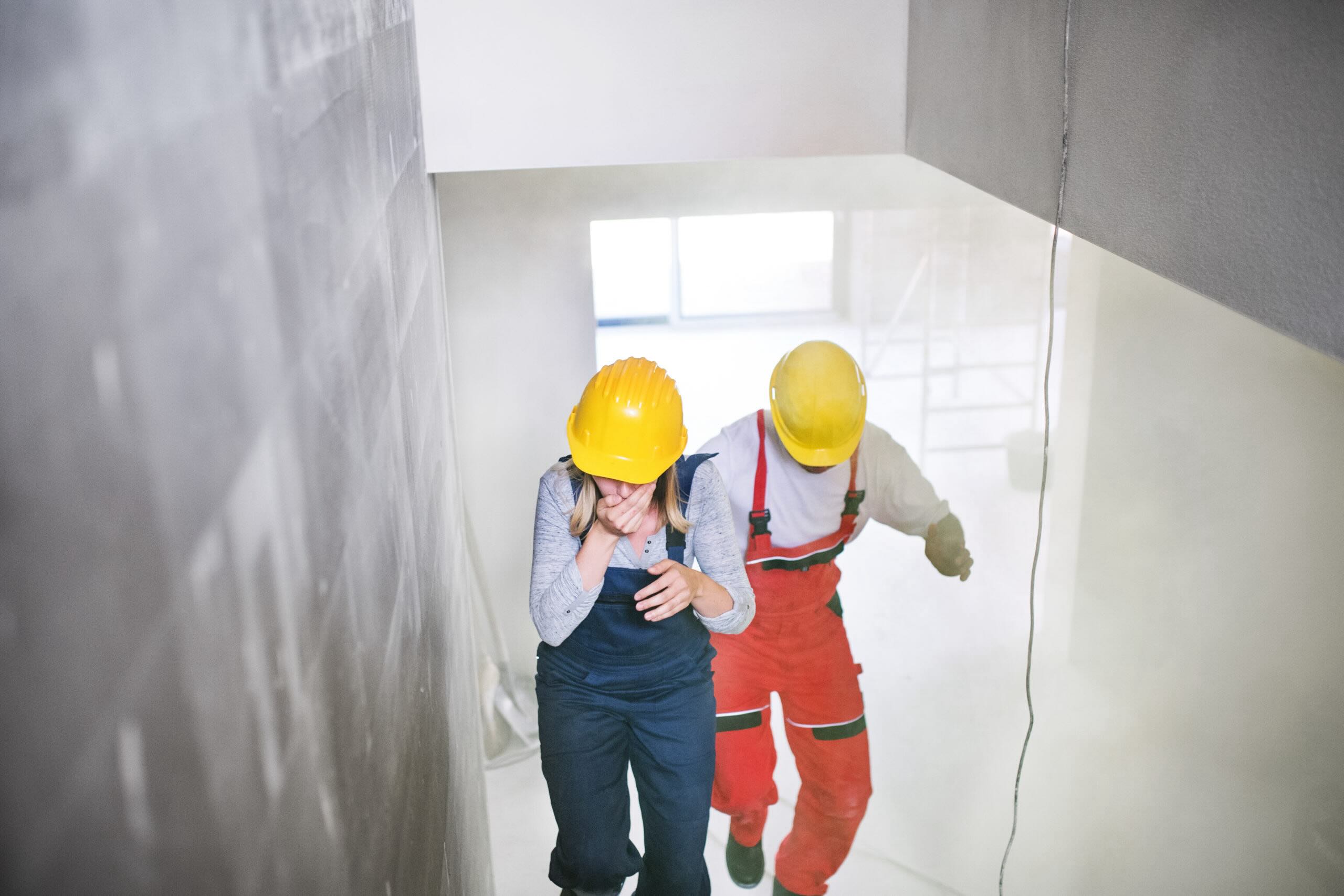
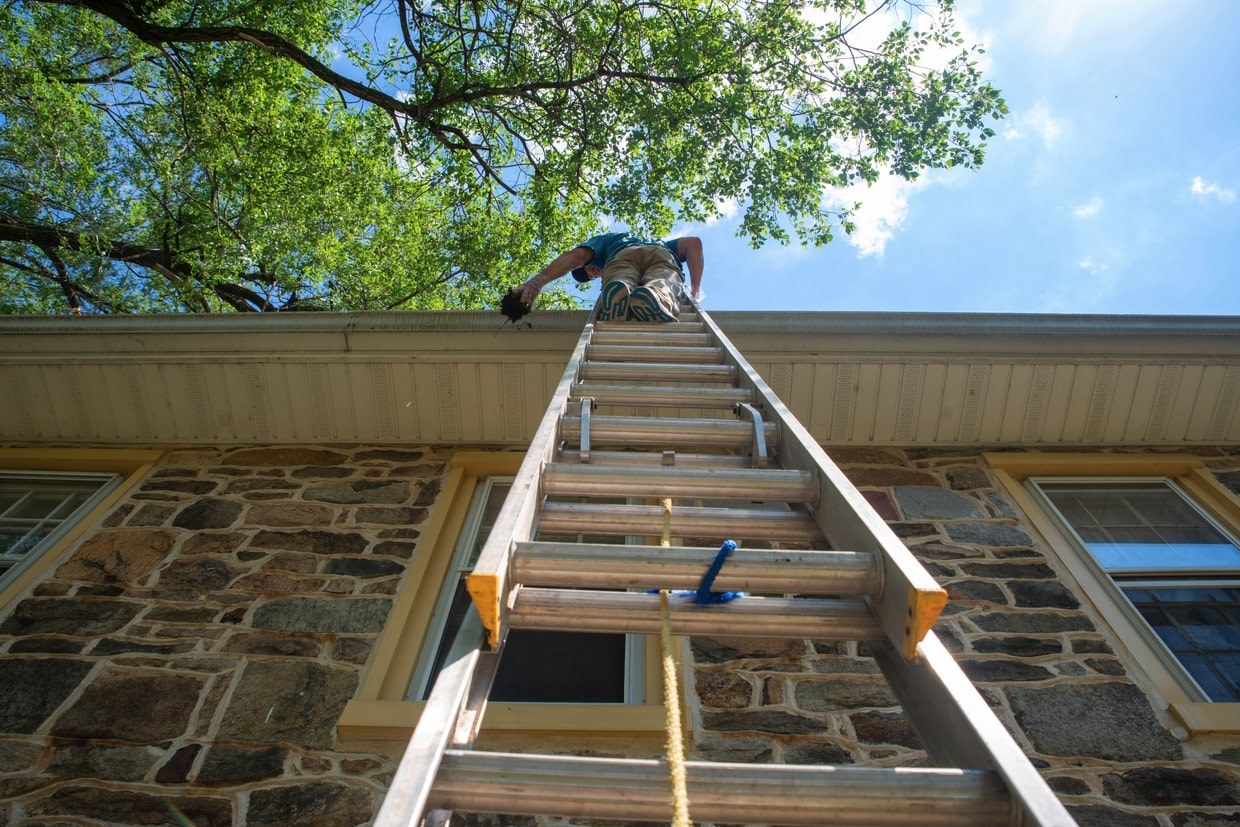
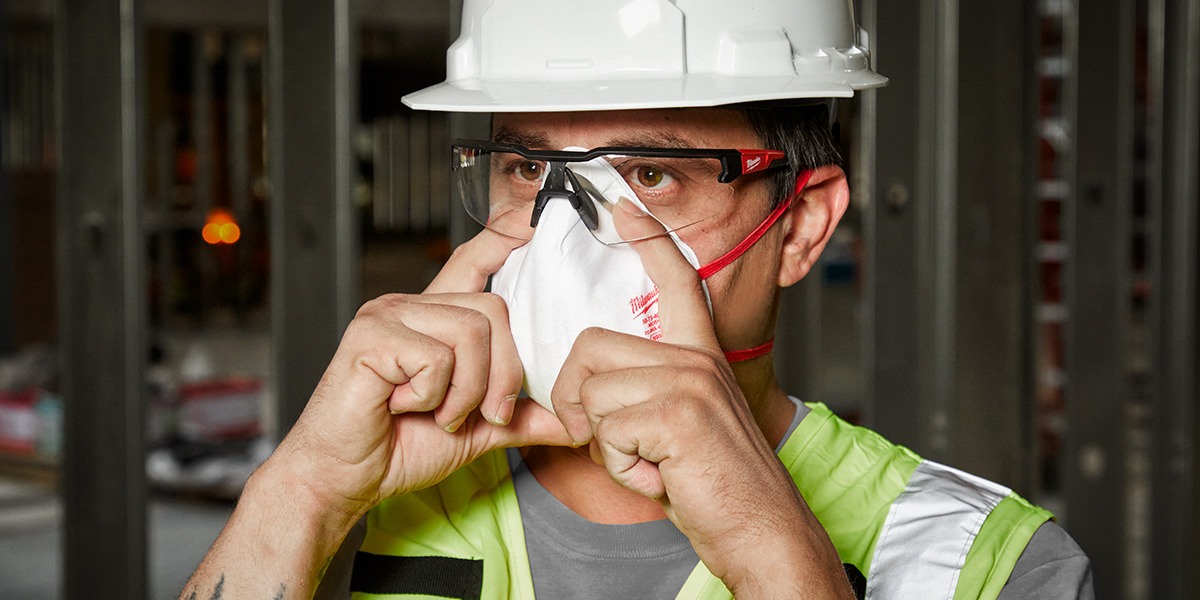

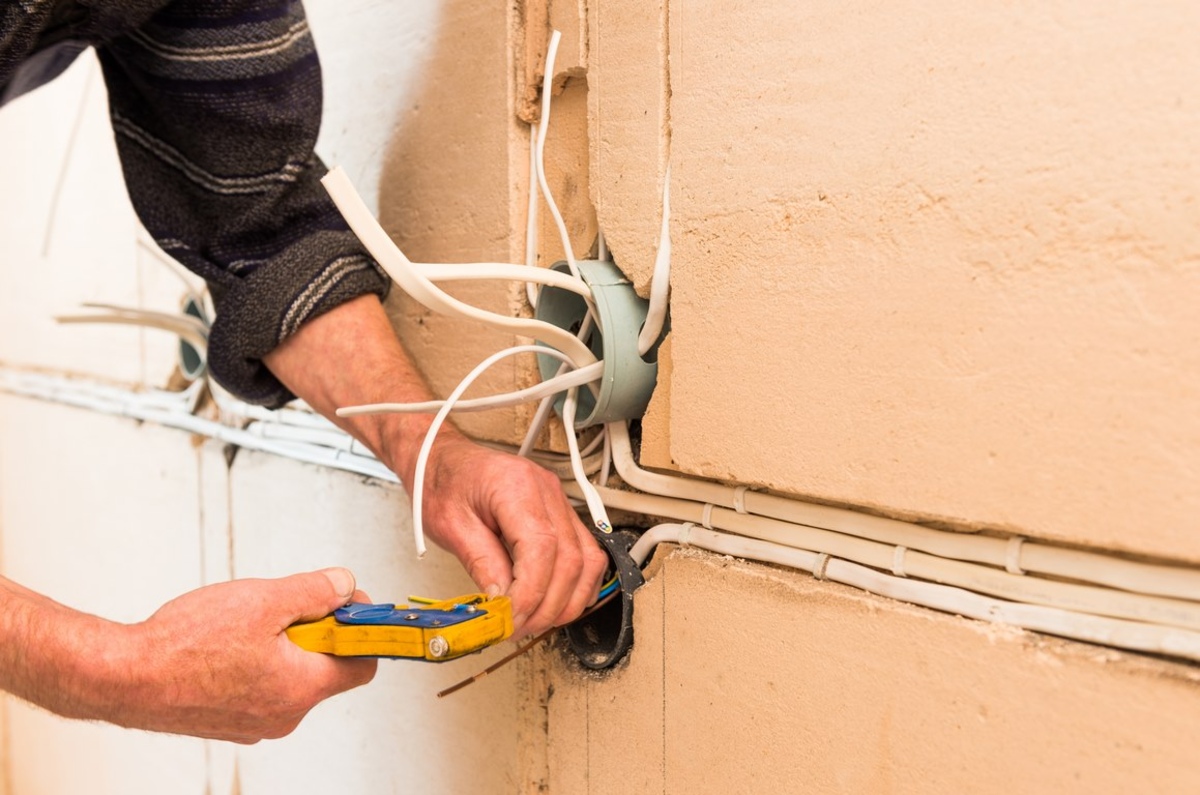
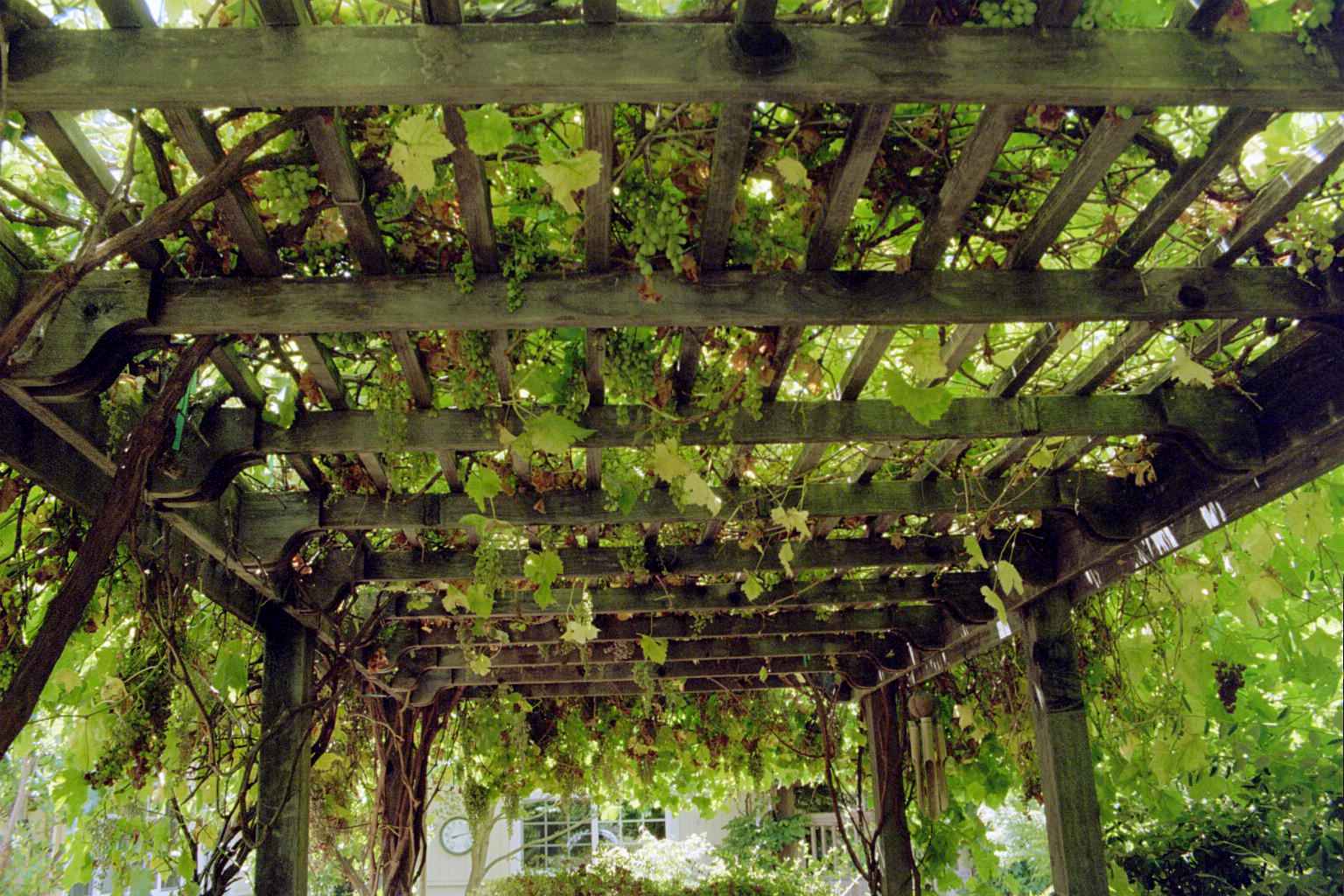
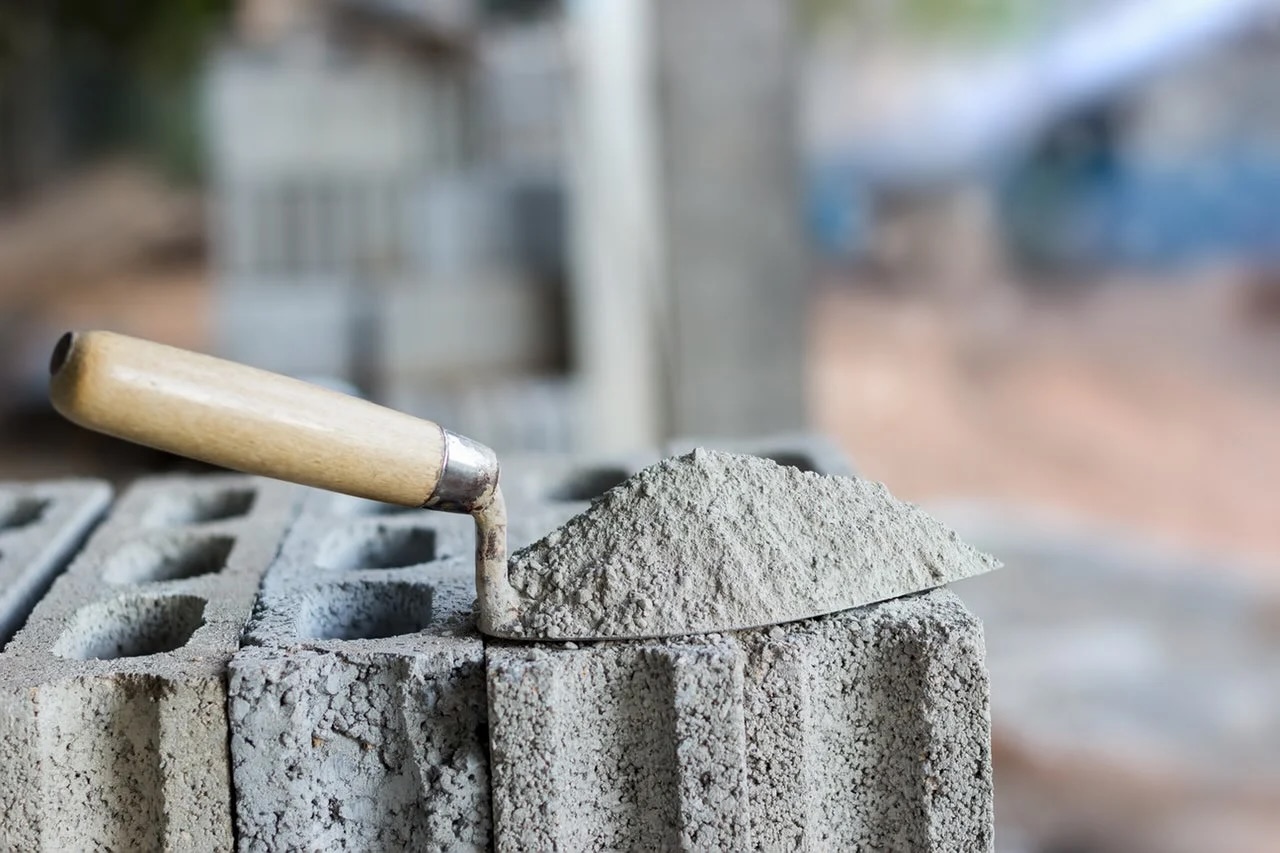

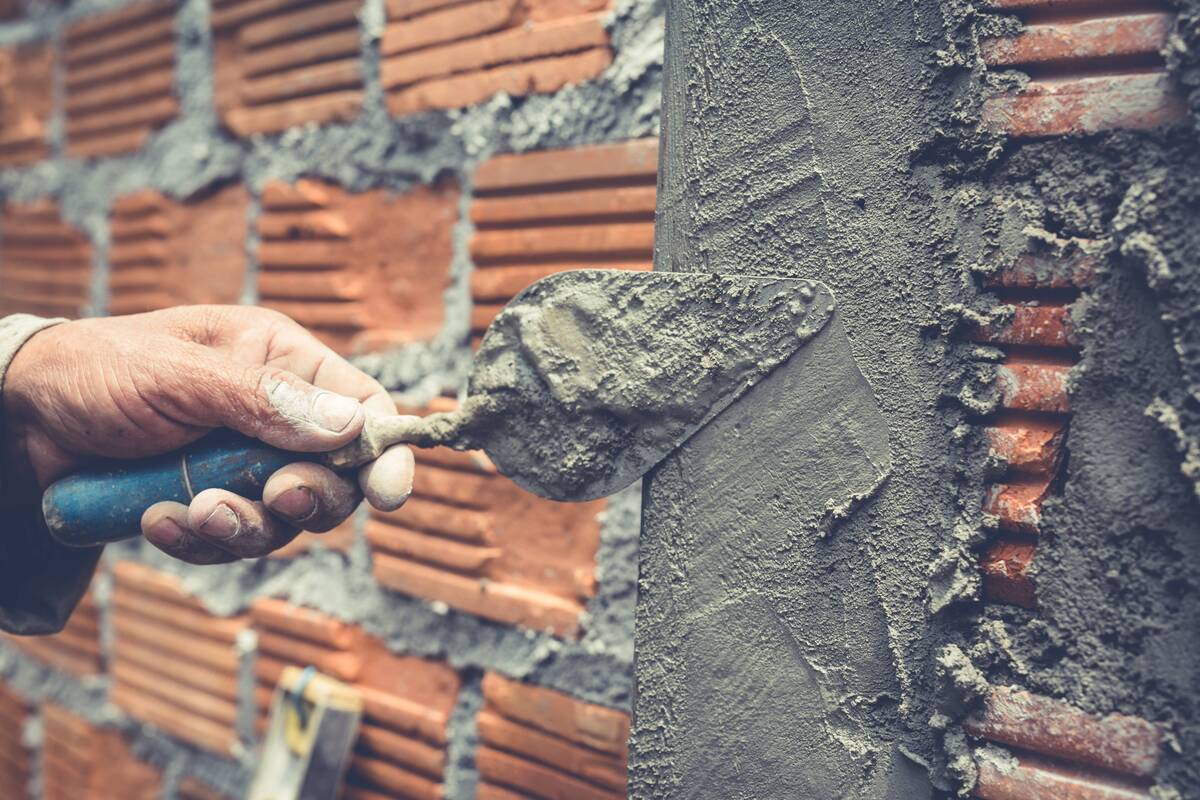


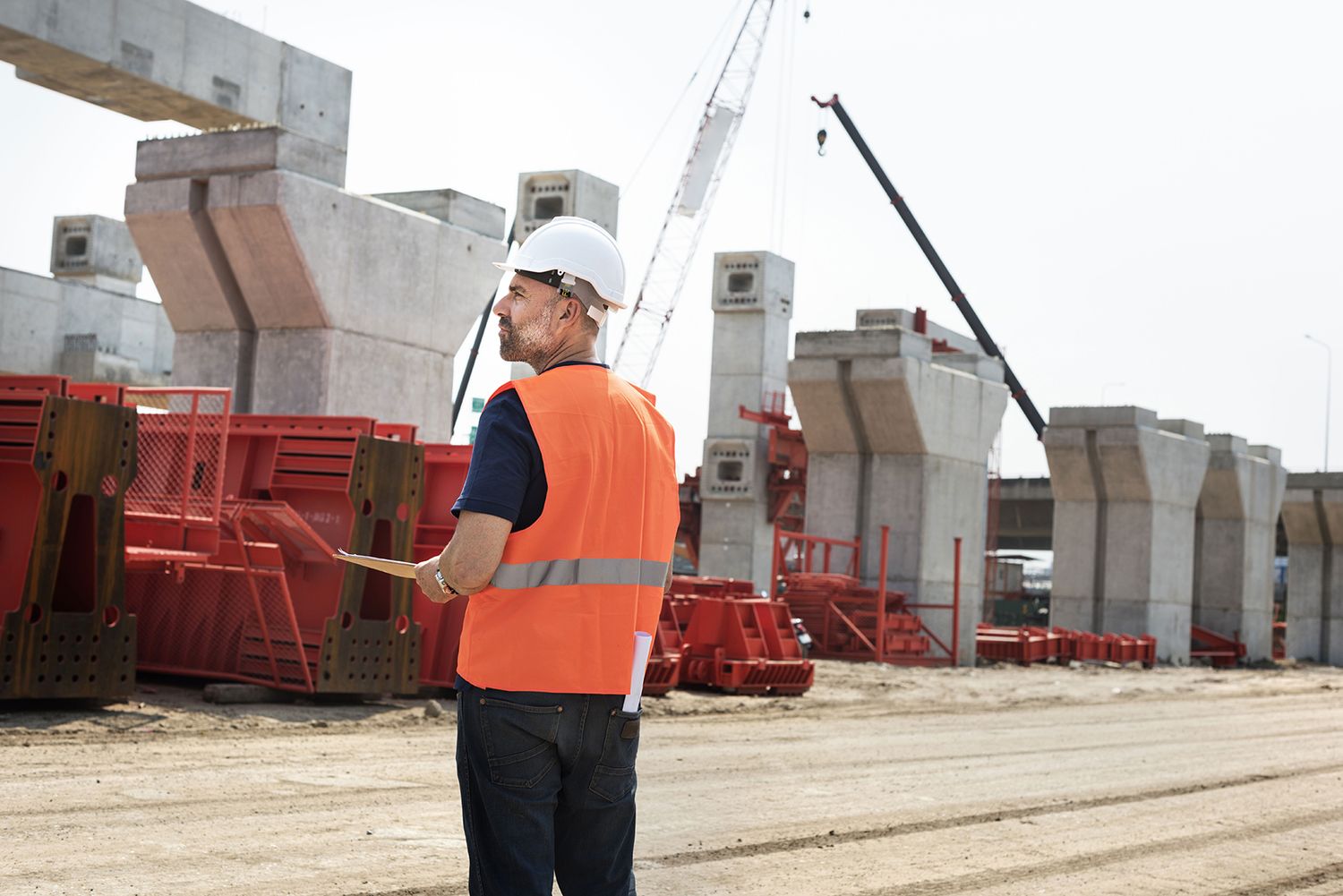
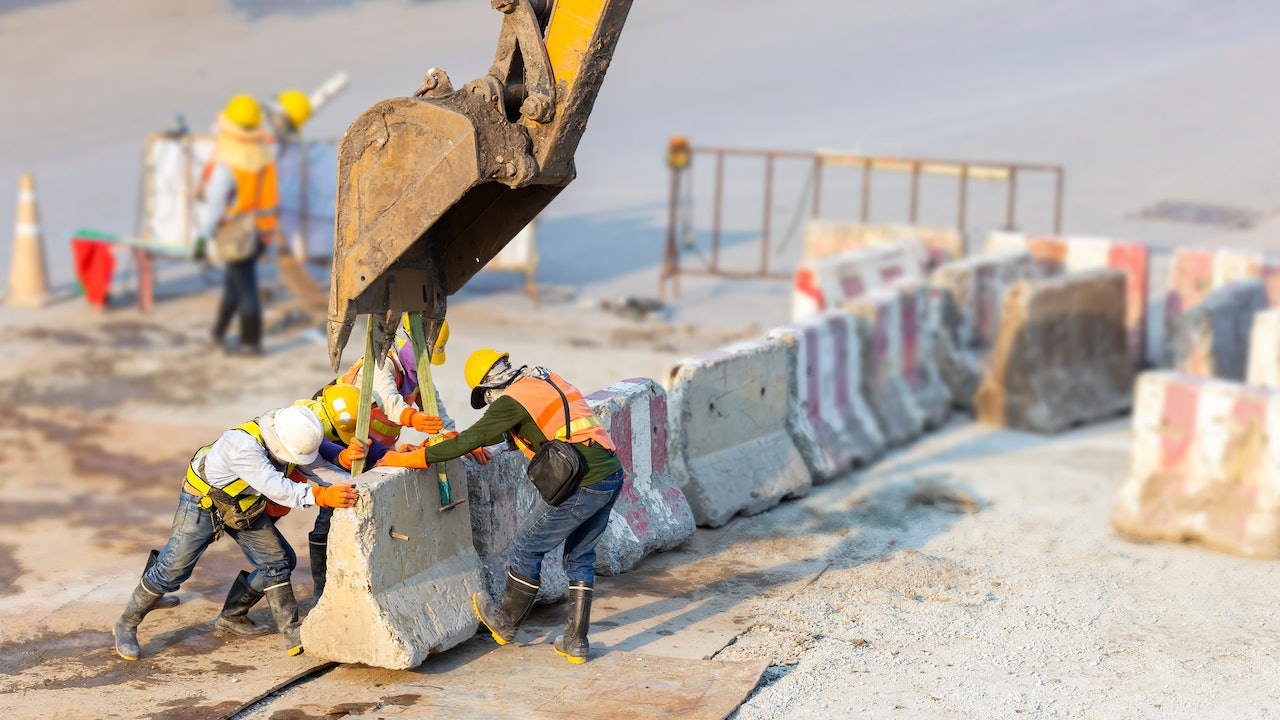
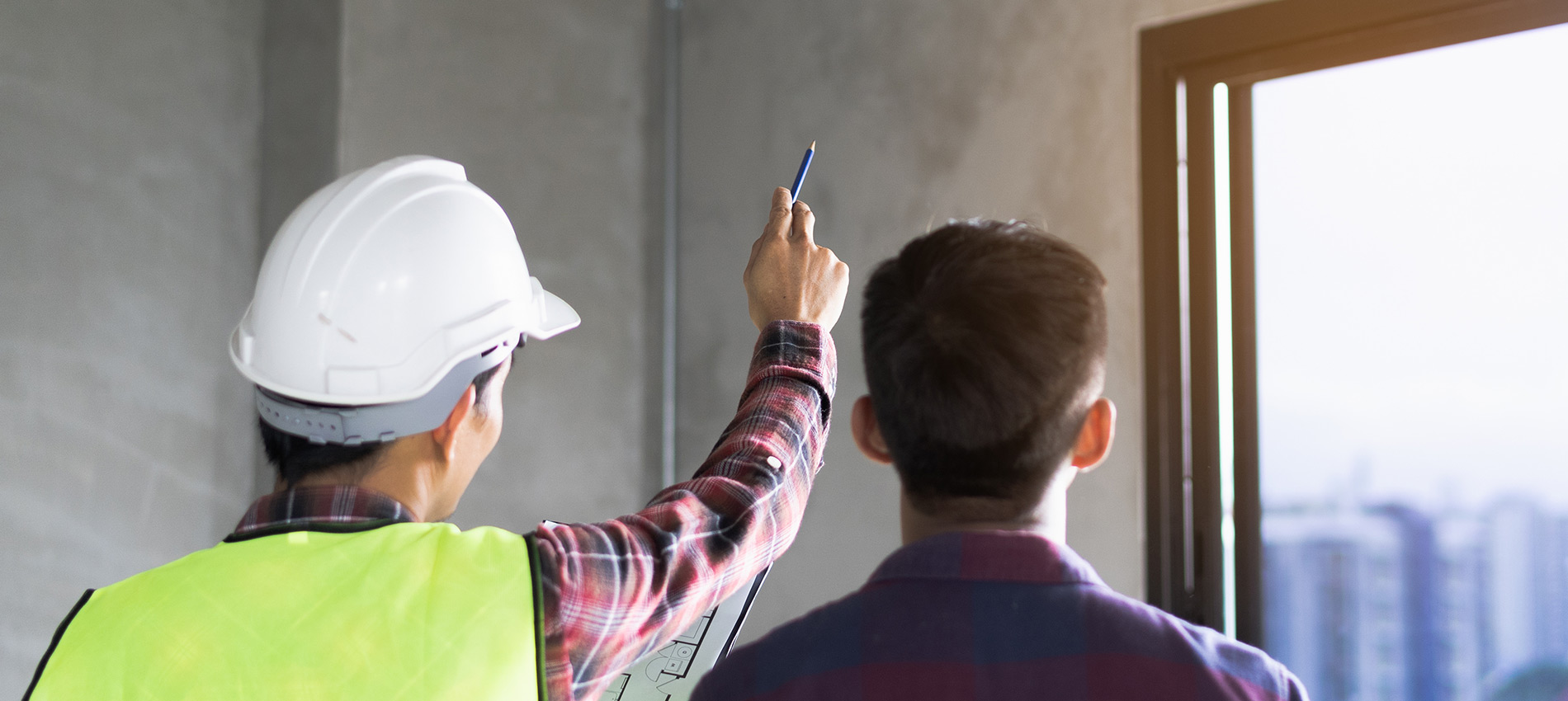

0 thoughts on “Which Construction Feature Presents The Greatest Collapse Hazard?”